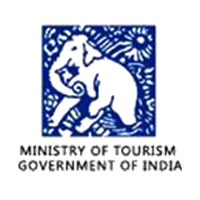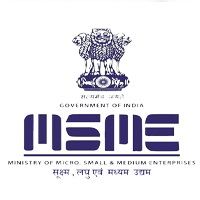Zones 1 to 5 share a common entry point before you head towards the individual entry gate of your specific zone. These zone are the most popular zones of Ranthambore national park since the time park was given Tiger reserve status. These are also the zones where the tourism existed since a long time, due to which the tigers in these zones are habitual of the presence of tourist vehicles and thus the sighting has been good in general in these safari zones of Ranthambore national park. Zone 3 is the one which gives you a view of water bodies known as padam talav and jogi mahal located in the heart of Ranthambore national park. Good tiger sightings, beautiful landscapes and rich history makes zone 3 the most demanded zone of Ranthambore national park. But if you are coming to have a glimpse of the big cat, then all the 5 zone of Ranthambore national park are equally good and each zone has its own scenic beauty.
Zone 6 to 10 are considered to be another bucket of Ranthambore national park. Not that these zones are not good for wildlife spotting but just that the entry to these zones are from other direction. Zone 6 shares its boundary with zone 1 and acts as a corridor for tigers to move between zone 1 to 5 and 7 to 10. Off late this zone has registered the best tiger sightings amongst all zones of Corbett national park but tiger sightings dynamics change every safari and every year, so no zone can be considered best of all time for spotting of Big cat. Zone 7 and 8 of Ranthambore national park has hilly terrains and considered good for spotting of leopards and the nature of wildlife is slightly different from other zones of national park. Zone 9 and 10 again are towards the end of the national park on the boundary of buffer and in recent times has been really good for tiger sightings.



